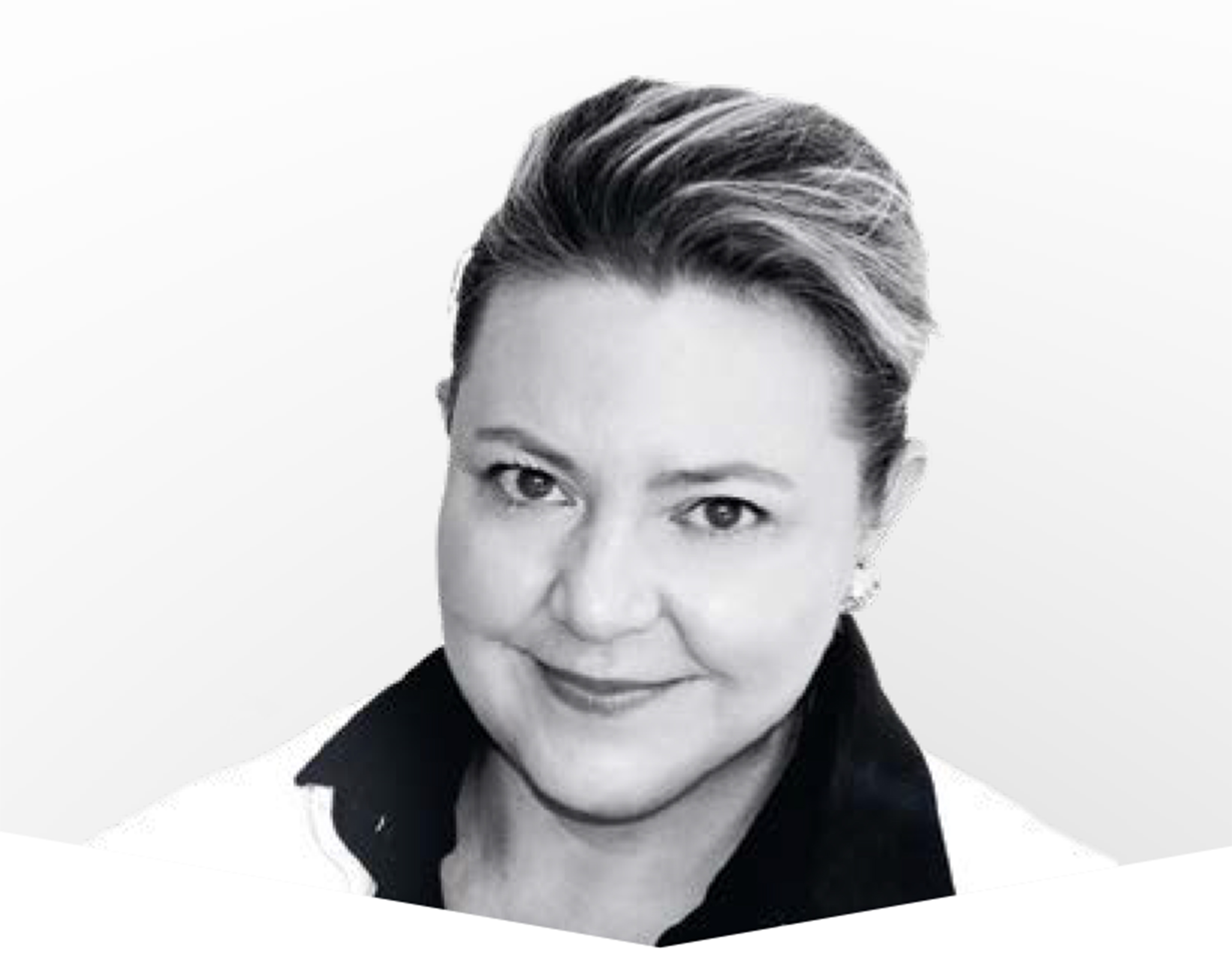Two techniques are very much in demand at Clinic Lémanic during the autumn months: peelings and lasers. There’s nothing like them to even out and refresh the complexion of women and men alike – each with their own specific needs, but the aim is always to achieve a healthy glow.
Dr Véronique Emmenegger
A peachy complexion, smooth skin, a radiant face. These are all expressions used in everyday language to define an ideal of beauty, and have inspired medical aesthetic treatments designed to restore radiance to the skin. This is a concern for many people as the colder, less sunny seasons approach. What are the best techniques for achieving a rested, fresh complexion? There are two main options: peelings erase complexion imperfections by homogenising colour and fading pigmentation, while laser technology offers results on wrinkles and skin texture.
 Freshness restored with peelings
Freshness restored with peelings
Chemical peelings act on one or more layers of the skin, allowing the skin to renew itself while (re)gaining luminosity, freshness and uniformity. Intended for both women and men, peelings are one of the great classics of aesthetic medicine. A distinction is most often made between superficial peelings (which act on the epidermis), medium peelings (up to the superficial medium dermis) and/or deep peelings (deep medium dermis).
Superficial peelings are suitable for a wide range of skin types, and aim to improve the quality and appearance of the epidermis. This treatment, using fruit acids for example, is ideal for younger skin types: it improves skin imperfections and gives a radiant glow. Trichloroacetic acid (TCA) is the ideal agent for medium-depth peelings. Highly effective, it tones the skin and erases surface imperfections. As a result, fine lines, superficial acne scars and brown spots fade remarkably.
Phenol is the agent of choice for in-depth action. It provides a more radical treatment for deep wrinkles. It is intended for patients whose faces have been prematurely aged and who have marked wrinkles, caused by the sun or smoking, for example. Following the deep peeling, the previously wrinkled skin will appear drastically younger, plumper and, above all, wrinkle-free. A number of criteria enable the specialist to choose between this option and laser resurfacing.
«New skin» thanks to facial peelings will quickly give you clearer, visibly softer skin, as well as a luminous, even com-plexion. The action of the laser, which often complements it, will get rid of unsightly wrinkles and more prominent spots, to erase the marks of time.
Lasers: a burst of radiance and the fading of fine lines
A crumpled, dull complexion is often the sign of tired, devitalised skin, which can benefit from a magnificent rejuvenation by laser treatment. Several types of laser (ablative, vascular, pigmentary, fractional) can be used to smooth tissues, reduce fine lines under the eyes, reactivate collagen production and restore the skin’s suppleness, firmness and elasticity, while reducing localised benign brown or red spots.
While women generally appreciate the homogenisation of pigmentation and the unification of their complexion, men usually prefer the textural homogenisation of their skin. This is because men’s skin is thicker. In this case, the laser works on textures by tightening dilated pores and improving skin texture. For women, the laser’s action targets the unification of the complexion – rather on specific areas of the face – as well as pigmentation.
 Dr Véronique Emmenegger: Doctor of Medicine. Double qualification as a specialist FMH (Switzerland) in dermatology, venereology, allergology and clinical immunology. In 1998, she co-founded Clinic Lémanic in Lausanne, Switzerland, dedicated to anti-aging medicine and the health and beauty of the skin. She has been its medical director for 25 years. She has won several international awards, including the IIPP Prize for Merit in the Development of Medical and Aesthetic Technologies at UNESCO in Paris, and the Prize for the Best Clinic in Anti-Aging and Preventive Medicine awarded this spring in Monaco.
Dr Véronique Emmenegger: Doctor of Medicine. Double qualification as a specialist FMH (Switzerland) in dermatology, venereology, allergology and clinical immunology. In 1998, she co-founded Clinic Lémanic in Lausanne, Switzerland, dedicated to anti-aging medicine and the health and beauty of the skin. She has been its medical director for 25 years. She has won several international awards, including the IIPP Prize for Merit in the Development of Medical and Aesthetic Technologies at UNESCO in Paris, and the Prize for the Best Clinic in Anti-Aging and Preventive Medicine awarded this spring in Monaco.
More information: cliniclemanic.ch












